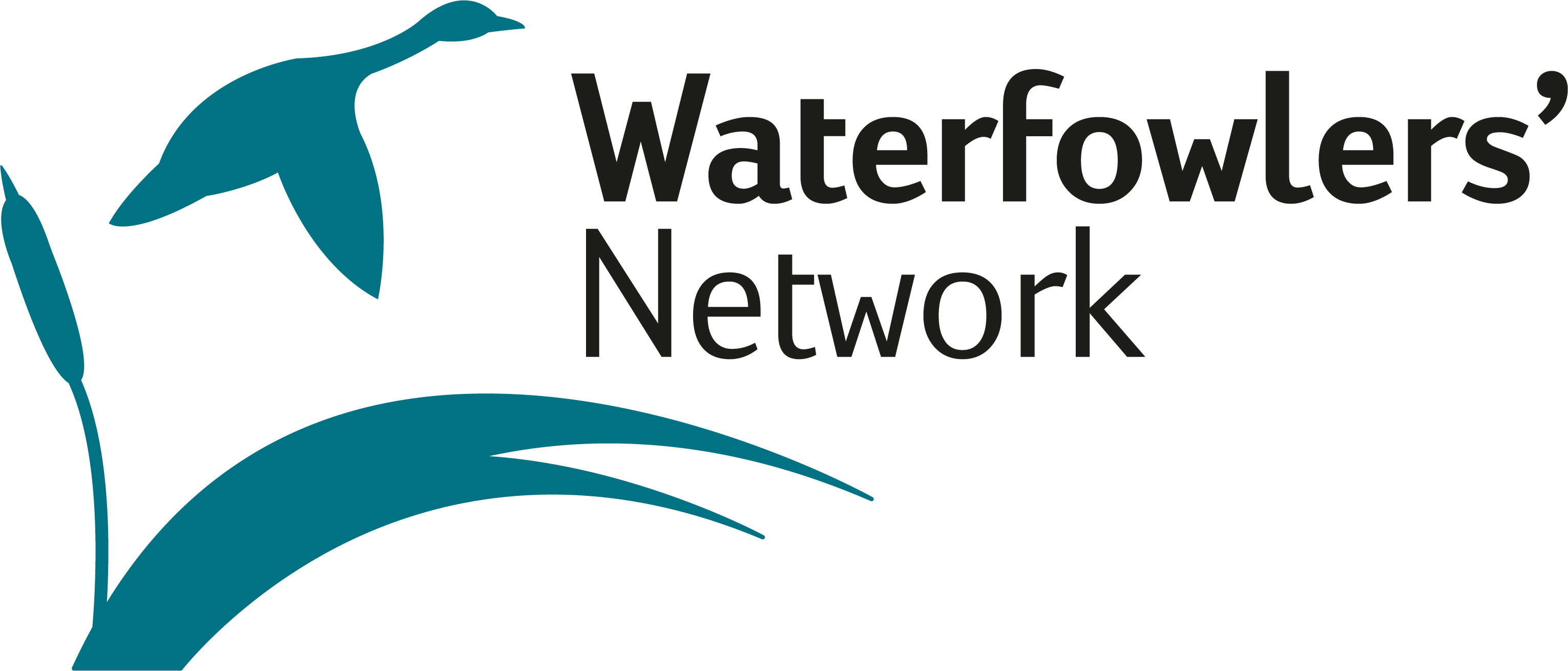Creating optimal breeding grounds for ducks with simple design and active management 7th May 2025
The Kiilonen wetlands area is situated at an old farm in South-Western Finland. The fields had been on fallow for some decades until a young couple bought the farm to live there. Their dream is to reveal the true potential of this hidden 60-hectare wildlife paradise for biodiversity and sustainable hunting.
Text: Holtti Hakonen, Vilma Anttila & Mikko Alhainen, Finnish Wildlife Agency
The wetlands of Kiilonen consist of six different wetland basins. The technical design of the wetland area allows seasonal water-level management to mimic natural water level fluctuation. As mentioned in the previous article, multiple wetland basins enable flooding rotations where one of the basins can be dried for re-establishing vegetation while others remain functional brood habitats. The design of wetlands carried out in SOTKA-wetlands project follows some tried and true basic principles, that have been applied in Kiilonen as well. The aim is to build wetlands that can be managed in an easy and cost-efficient way.
The design of the area on an elevation map, with targeted water levels in height system N2000.
The dams of Kiilonen wetlands were built of soil excavated from the site. The dams are structured at least 3 meters wide on the top to allow management with a tractor. They are also built at least 50 cm higher than the targeted water-level to prepare for soil compaction and ensure adequate capacity to receive floods. To avoid erosion, the slopes of the dams were designed to be gentle, and this spring the dams and other bare surfaces of the wetland will be sowed with perennial grass as soon as possible. When the dams are green with grass, it is time to start raising the water level and welcome the first ducks. The wetlands of Kiilonen were established with only 750 meters of built dam resulting in 8,5 hectares of high-quality brood habitat.
Structural drawing of the dam design, using a heigh of 1 meter as an example.
The outline of the dam on another SOTKA-wetland in Salo, Finland as an example – wide, gently sloped and soon to be covered with grass. Photo: Lauri Laitila.
To enable the management of water level, flashboard risers were installed as water regulator devices in the dams of each wetland basin. Flashboard risers are simple overflow-type water level control structures, where the water level is regulated by adding or removing dam boards. On the backside of the flashboard riser, a drainage pipe is installed. It goes under the dam, and the water flows out of the wetland through the pipe. Beside the flashboard risers, gently sloping, stone-covered overflow channels were also built to the dams to ensure that excess water at a flood situation has a controlled and structure-preserving route out of the wetland. The bottoms of the channels were built to the same level as the targeted water levels of the wetland basins. The dimensions of the flashboard risers and overflow channels were determined so that they have enough capacity to receive peak floods.
A structural drawing describing the design of the flashboars risers and overflow channes of the wetland basins. Drawing: SOTKA-wetlands team
Flashboard riser and overflow channel of wetland A at Kiilonen. Photo: Vilma Anttila
An example of a fully functional overflow channel in a SOTKA-wetland in Urjala, Finland. Photo: Mikko Alhainen
To a couple of the wetland basins, islands were built for the ducks to nest and rest. The material of the islands is soil, similarly to the dams. Photo: Vilma Anttila
The water used to flow straight to the wetland B following the red line in the picture. With a small dam built to the ditch, the waters were directed to the wetland basin A. This improves the water protection provided by the wetlands. Photo: Vilma Anttila
The wetlands of Kiilonen will be managed actively to maintain their functionality as waterfowl brood habitats. Water level will be regulated mimicking natural water level fluctuation. This means that in the spring, early summer and autumn the water level will be held high, whereas during late summer and in the winter the level is lowered or even drained. The vegetation on dams and islands will be mowed to maintain an open environment for the ducks. The structures of the wetlands are monitored regularly, at least after floods and heavy rains, to make sure there are no leaks.
Active removal of invasive predators, American Mink and Raccoon Dog, along with huntable native predators is essential in maintaining a safe environment for ducklings. Keeping fish population down decreases food competition, for ducklings and fish both feed on aquatic invertebrates. Waterbird counts in spring and summer will give valuable information of the number of ducks and ducklings residing in the wetlands. The waterbird counts are also the basis of sustainable hunting. The management done less frequently include for example emptying the sedimentation ponds and draining the wetland basins one at a time to re-establish vegetation on the bottom of the basin.
The wetlands of Kiilonen in late April 2025. Photo: Vilma Anttila
To function as a high-quality brood habitat, there is no need for the wetland to be complexly structured. The simple solutions presented in the article are reliable, thus minimizing trouble in managing the wetland.
